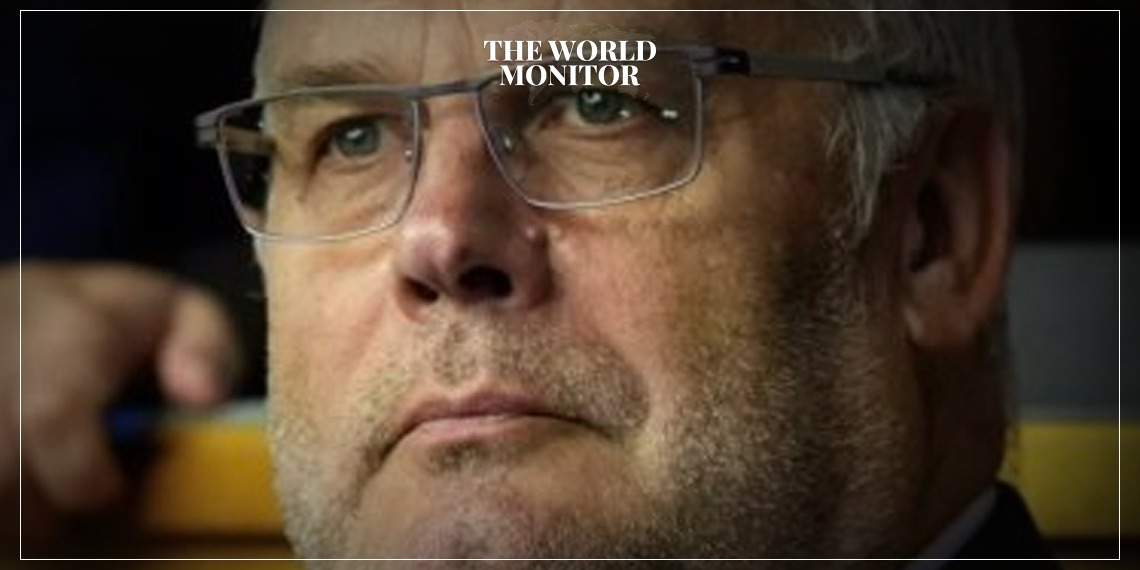Estonian President Alar Karis announced today, Thursday, that Estonia will provide aid worth 1.2 billion euros to Ukraine until 2027.
During a joint press conference with Ukrainian President Volodymyr Zelenskyy in Tallinn, following their meeting, Karis said, “Within the European Union, we have already provided 5 billion euros in aid to Ukraine, and this support must continue.
Estonia’s long-term contribution will reach 1 billion euros by 2027, as Ukraine needs more and better weapons,” as reported by the Ukrainian news agency “Ukrinform”. The Estonian President emphasized the need for the European Union to increase weapon production so that Ukraine can get all it needs.
He stated, “Our actions should aim to prevent any aggressive war in Europe in the future, and Ukraine will have Estonia’s support as long as the war continues.” Karis also mentioned that Estonia will annually provide 0.25% of its defense budget to Ukraine, encouraging everyone to offer as much assistance as possible to Ukraine to stop Russia’s war.
Notably, Zelenskyy is visiting Estonia today for talks with his Estonian counterpart and is expected to meet Estonian Prime Minister Kaja Kallas and address the Estonian parliament. Zelenskyy had also visited Lithuania, meeting Lithuanian President Gitanas Nauseda and Prime Minister Ingrida Simonyte, along with Lithuanian political figures, media representatives, and the Ukrainian community.
Recent international aid to Ukraine has seen substantial contributions from various countries, particularly in response to Russia’s invasion in February 2022. The United States has been a major contributor, directing more than $75 billion in assistance, which includes humanitarian, financial, and military support. This marks a significant level of support, highlighting the U.S. as the top donor of foreign aid to Ukraine since the Harry S. Truman administration’s Marshall Plan after World War II.
The aid from the U.S. covers a broad range of needs for the Ukrainian people and institutions, such as refugees, law enforcement, and independent radio broadcasters. However, the majority of this aid has been military-related. In addition to the U.S., dozens of other countries, including most NATO and European Union members, have also been providing substantial aid packages to Ukraine.
As of late 2023, the flow of Western aid to Ukraine appeared uncertain due to political challenges in the U.S. and EU. In the U.S., approximately $60 billion intended for Ukraine became entangled in debates over border security and Israel. Similarly, in the EU, leaders struggled over a proposed fifty-billion-euro package for Ukraine, as well as the country’s potential accession to the bloc.


